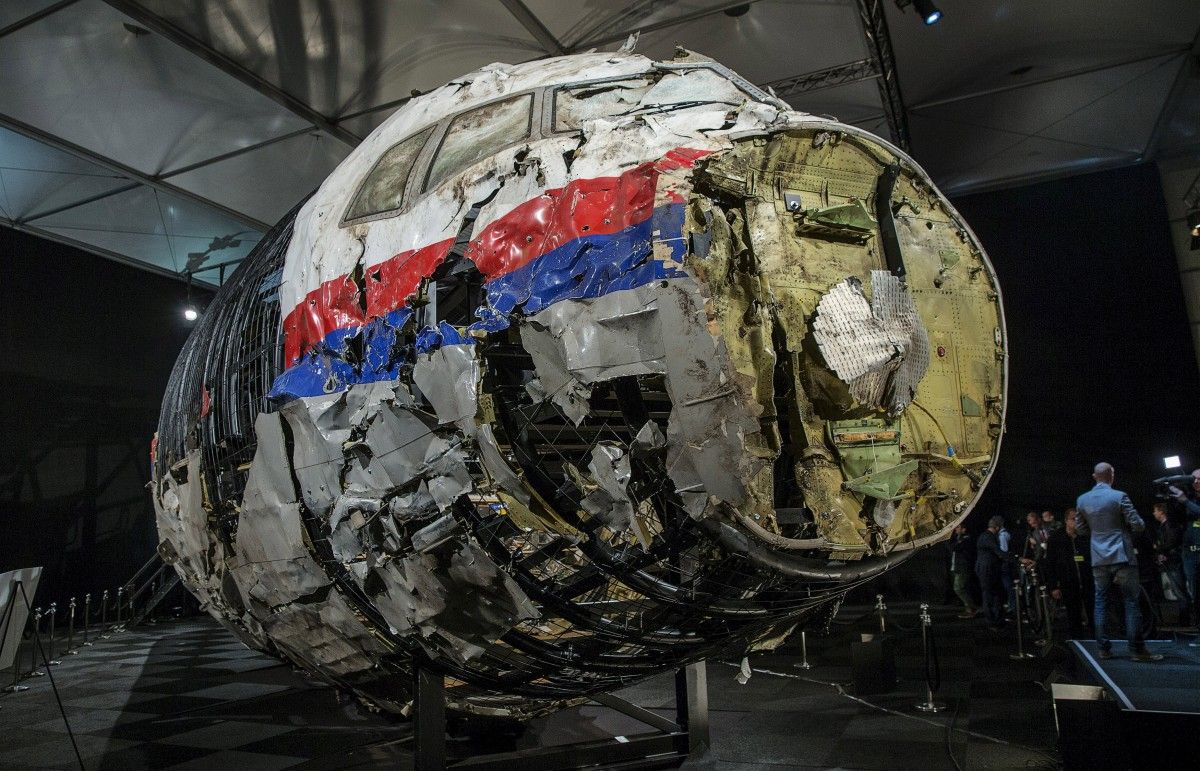
Bellingcat Investigator Christo Grozev believes that the decision of the Ukrainian court to release Volodymyr Tsemakh, whom Dutch prosecutors called a person of interest in the MH investigation, could be made because the Joint Investigation Team already has sufficient evidence of Russia's involvement in the passenger jet downing.
The JIT has accumulated so much objective evidence proving Russia is involved that the move will not change anything for the court, Grozev said, according to RFE/RL's Ukrainian bureau.
The expert believes that a sufficient amount of evidence will be presented for the court to hand down an objective verdict.
Grozev added that Tsemakh could have been released because Russia had put forward an ultimatum in the prisoner swap negotiations.
Had not Tsemakh been released, Moscow could have refused to exchange any held Ukrainians, Grozev believes.
UNIAN memo. Malaysia Airlines' MH17 Boeing 777 heading from Amsterdam for Kuala Lumpur was shot down on July 17, 2014, over militant-occupied territory in Donetsk region. All 298 people on board who were citizens of 10 countries were killed in the crash. The majority of the victims, 196, were citizens of the Netherlands. The Dutch Safety Board October 13, 2015, issued a report on the causes of the accident. It was revealed that the plane had been shot down by a Buk anti-aircraft missile system. The Joint Investigation Team (JIT) in its report published on September 28, 2016, confirmed that the plane had been downed by a Russian-made Buk brought to Ukraine from Russia.
On June 19, 2019, JIT investigators accused four pro-Russian military intelligence officers of involvement in a missile attack that shot down the MH17. The first four suspects in the MH17 case are Russian terrorist Igor Girkin (AKA "Strelkov"), who in the summer of 2014 was the so-called "Minister of Defense of the Donetsk People's Republic" ("DPR"); Russian General Sergei Dubinsky (nom de guerre "Khmuryi"), who led the "DPR intelligence;" Oleg Pulatov (nom de guerre "Gyurza"), who in 2014 headed of "the 2nd division of the GRU of the DPR;" as well as Leonid Kharchenko (nom de guerre "Krot"), who was the leader of the "reconnaissance battalion" of Russia-led forces.
Read alsoPutin announces "large-scale" prisoner swap between Russia and Ukraine
As UNIAN reported, in late June, Ukraine's spec-ops forces managed to detain in the town of Snizhne, occupied by Russia-controlled forces, Volodymyr Tsemakh, who is believed to have led an anti-aircraft unit in the occupied Donbas back in 2014.
According to the prosecutor, Ukrainian law enforcement suspect Tsemakh of involvement in the activities of the "DPR" and in the organization of the terror attack, which resulted in the deaths of four Ukrainian soldiers.
In late August, Bellingcat founder Eliot Higgins suggested that Tsemakh was included in the list of held persons set to be swapped as part of a major prisoner exchange effort by Ukraine and Russia. At the same time, lawyer Roman Hontarev told UNIAN he was not aware of this. The SBU declined to comment on the issue.
On Sept 5, the Court of Appeal in Kyiv ruled to release Tsemakh on personal recognizance.

